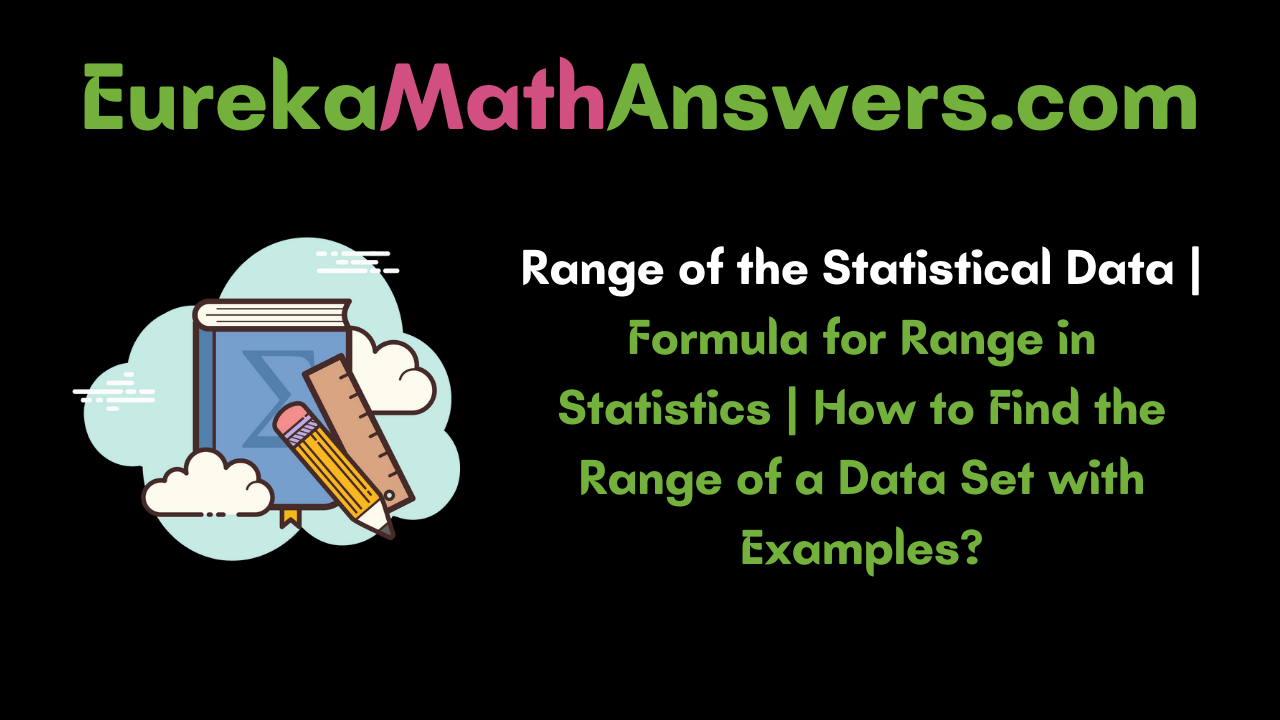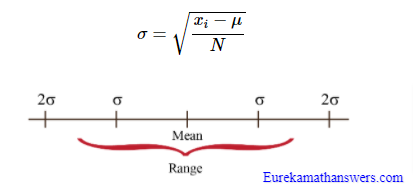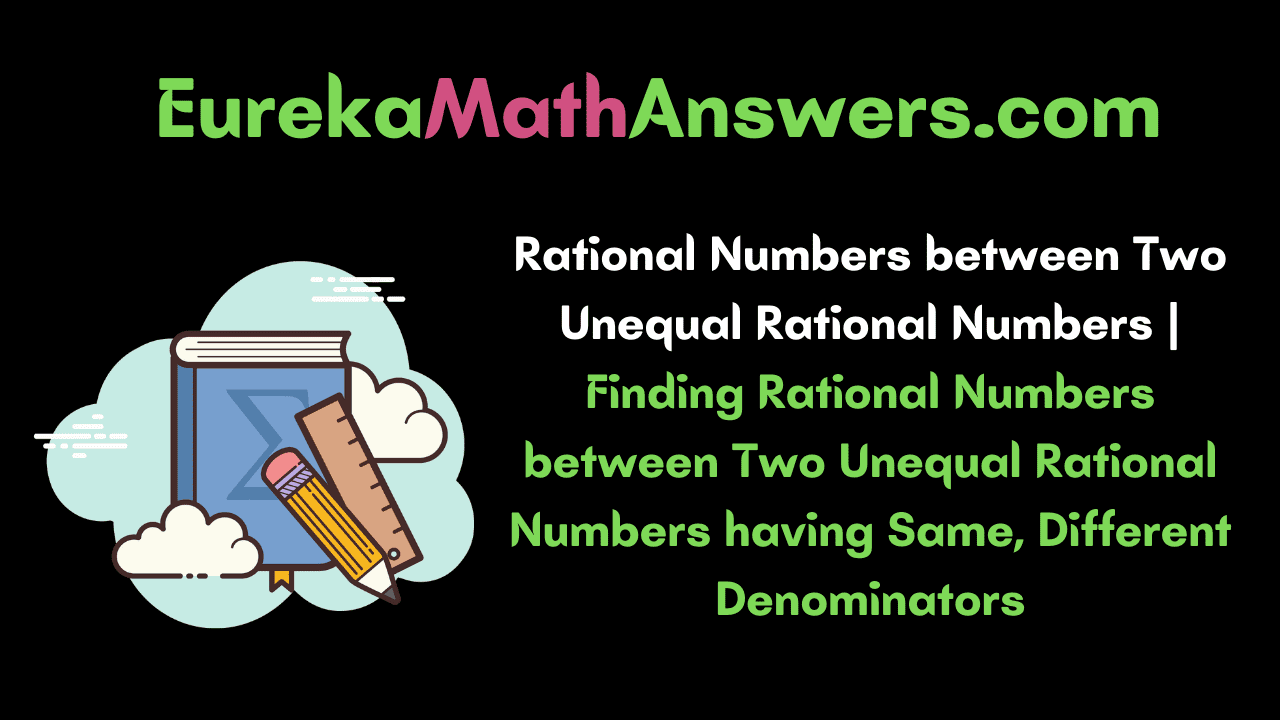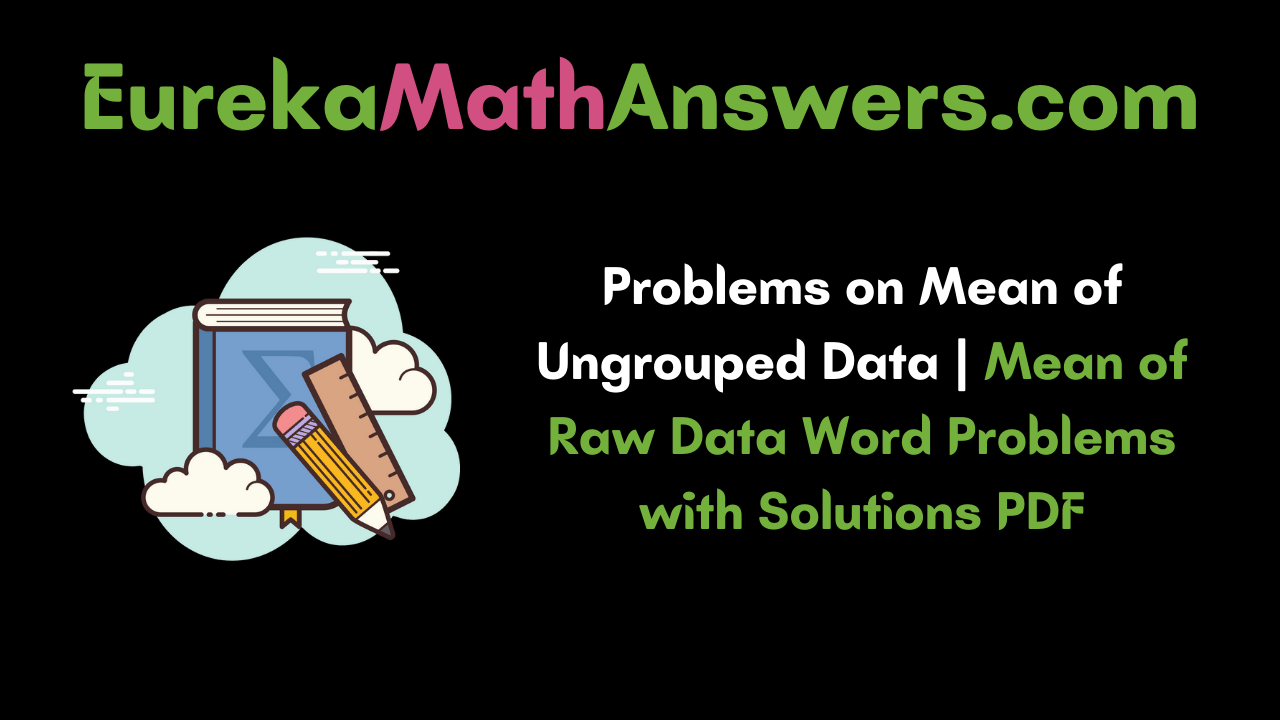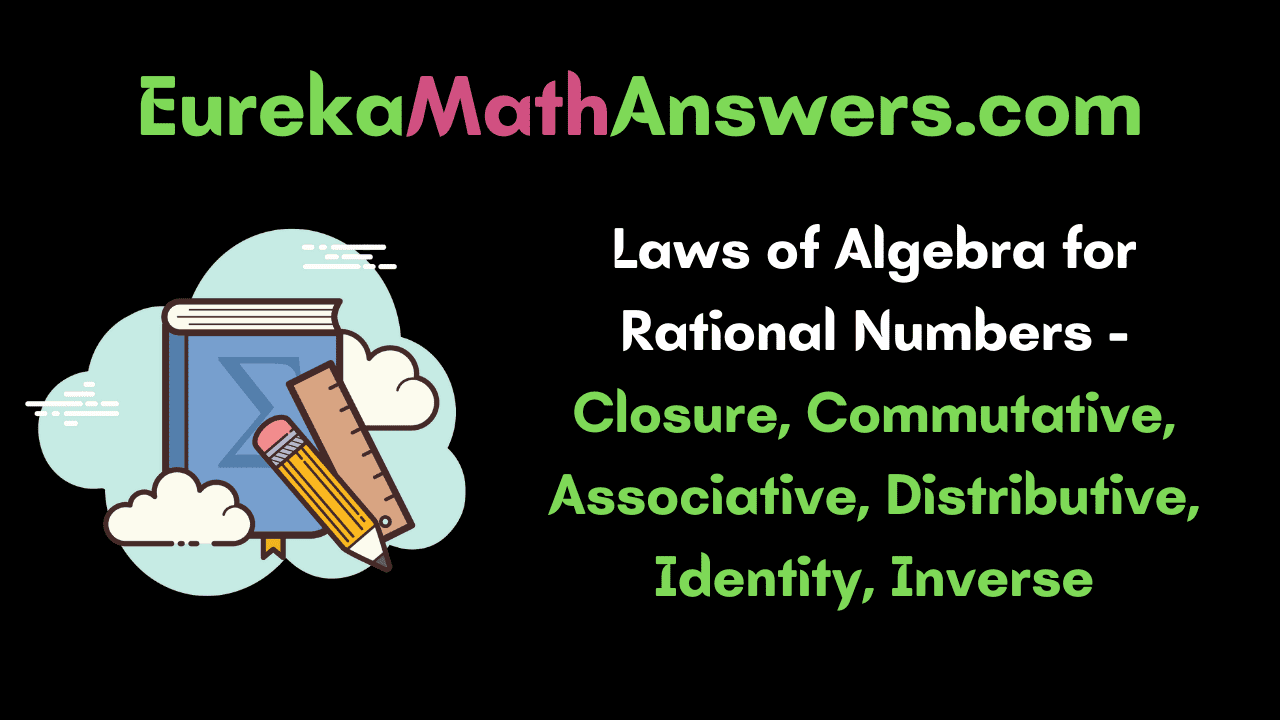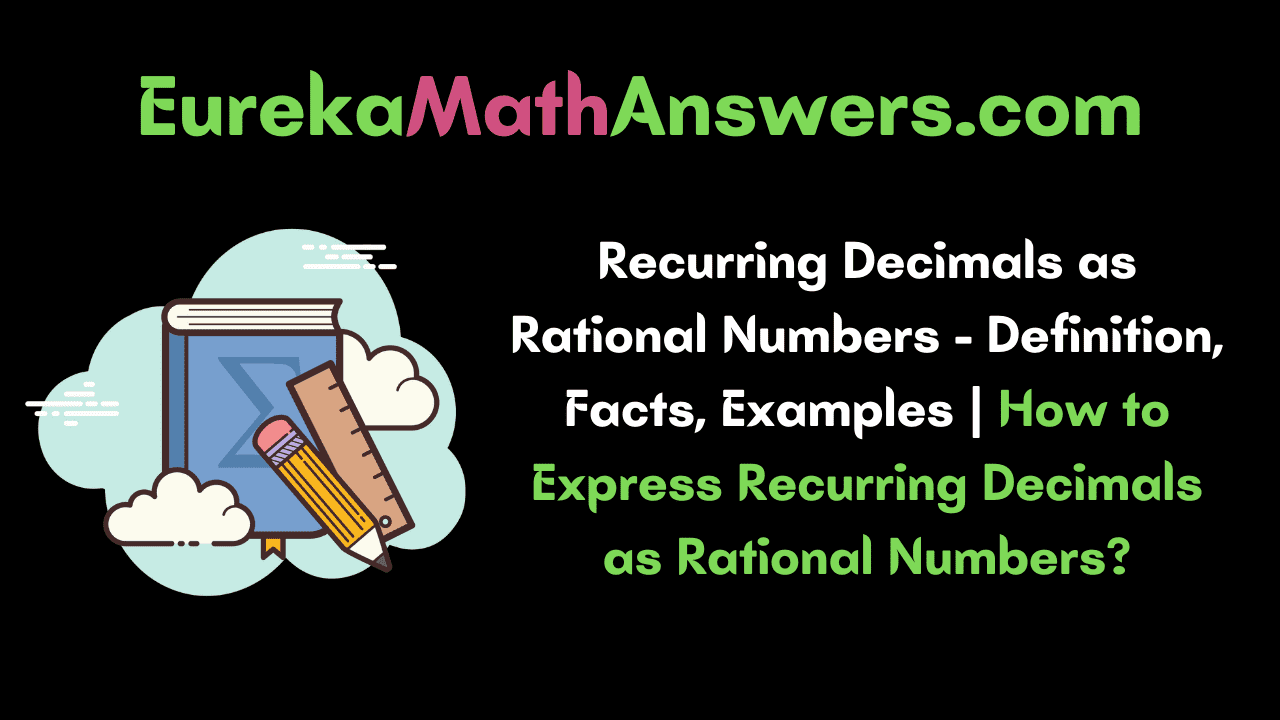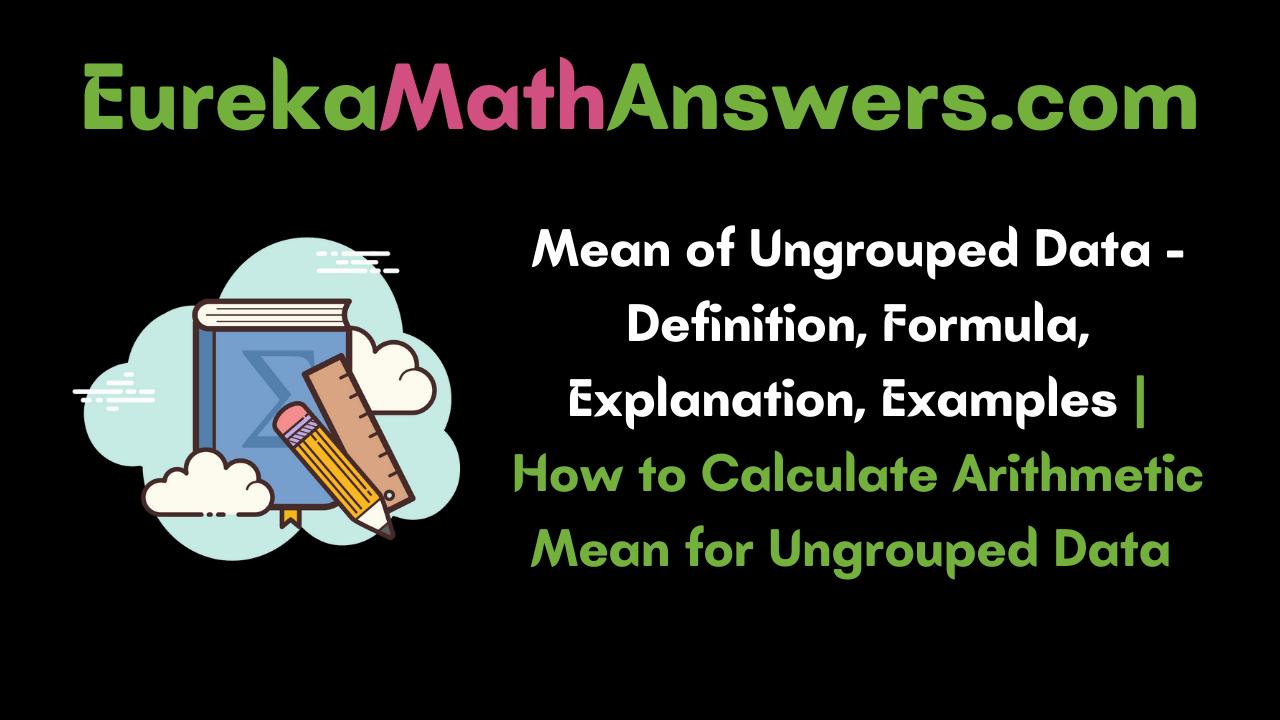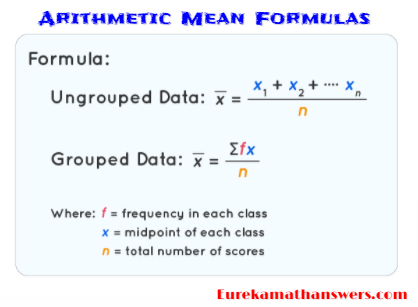Do you have any difficulty in solving the Problems Based on Recurring Decimals as Rational Numbers? Then, this is the right place for you. We have compiled everything on what is meant by recurring decimal, how to convert recurring decimal to a rational number. Check out the steps listed below that we need to follow while changing between recurring decimal to a rational number. Refer to the solved examples on expressing recurring decimals as rational numbers and apply the related knowledge and score well in your exams.
How to Convert Recurring Decimal into Rational Number?
Have a glance at the simple steps listed below to change between recurring decimals to rational numbers. They are along the lines
- Consider the recurring decimal which we need to change as a rational number to be x.
- Carefully observe the repeating digits in the decimal number.
- Keep the repeating digits on the left side of the decimal point.
- Now put the repeating digits on the right side of the decimal point.
- Subtract both sides of the equation to have equality of equations. Remember that after subtraction differences of both sides are positive.
See Similar Articles:
Recurring Decimal to Rational Numbers Questions and Answers
Example 1.
Convert 2.3333….. into a rational number?
Solution:
Given decimal number = 2.333….
Let us consider the recurring decimal number to be x i.e. x = 2.3333…..
Repeating digit in the recurring decimal is 3.
Move the repeating digits in the decimal number to the left side of the decimal point. We can do so by simply multiplying with 10.
10x = 23.33333…..(1)
Place the repeating digits on the right side of the decimal point.
x= 2.3333…….(2)
Subtract both sides of the equations
10x-x=23.3333……-2.3333….
9x = 21
x=21/9
therefore, the recurring decimal 2.3333…. converted to a rational number is 21/9
Example 2.
Express 10.3454545… as a rational number?
Solution:
Given decimal number = 10.3454545…
Let us consider the recurring decimal number to be x i.e. x = 10.3454545…
Move the repeating digits in the decimal number to the left side of the decimal point. We can do so by simply multiplying with 1000.
1000x = 10345.4545…..(1)
Place the repeating digits on the right side of the decimal point. We need to multiply by 10 to shift so
10x= 103.4545…….(2)
Subtract both sides of the equations
1000x-10x=10345.4545……-103.4545….
990x = 10242
x=10242/990
x=569/55
Therefore, the recurring decimal 10.3454545…. converted to a rational number is 569/55
Example 3.
Convert 123.45757… to rational number?
Solution:
Given decimal number x = 123.45757…
Move the repeating digits in the decimal number to the left side of the decimal point. We can do so by simply multiplying with 1000.
1000x = 123457.5757…..(1)
Place the repeating digits on the right side of the decimal point. We need to multiply by 10 to shift so
10x= 1234.5757…….(2)
Subtract both sides of the equations
1000x-10x=123457.5757……-1234.5757….
990x = 122223
x=122223/990
x=40741/330
Therefore, the recurring decimal 10.3454545…. converted to a rational number is 40741/330
Example 4.
Write 0.5676767….. as a rational number?
Solution:
Given Decimal Number = 0.5676767…..
Move the repeating digits in the decimal number to the left side of the decimal point. We can do so by simply multiplying with 1000.
1000x = 567.6767…..(1)
Place the repeating digits on the right side of the decimal point. We need to multiply by 10 to shift so
x= 5.6767…….(2)
Subtract both sides of the equations
1000x-10x=567.6767……-5.6767….
990x = 562
x=562/990
x=281/495
Therefore, the recurring decimal 10.3454545…. converted to a rational number is 281/495
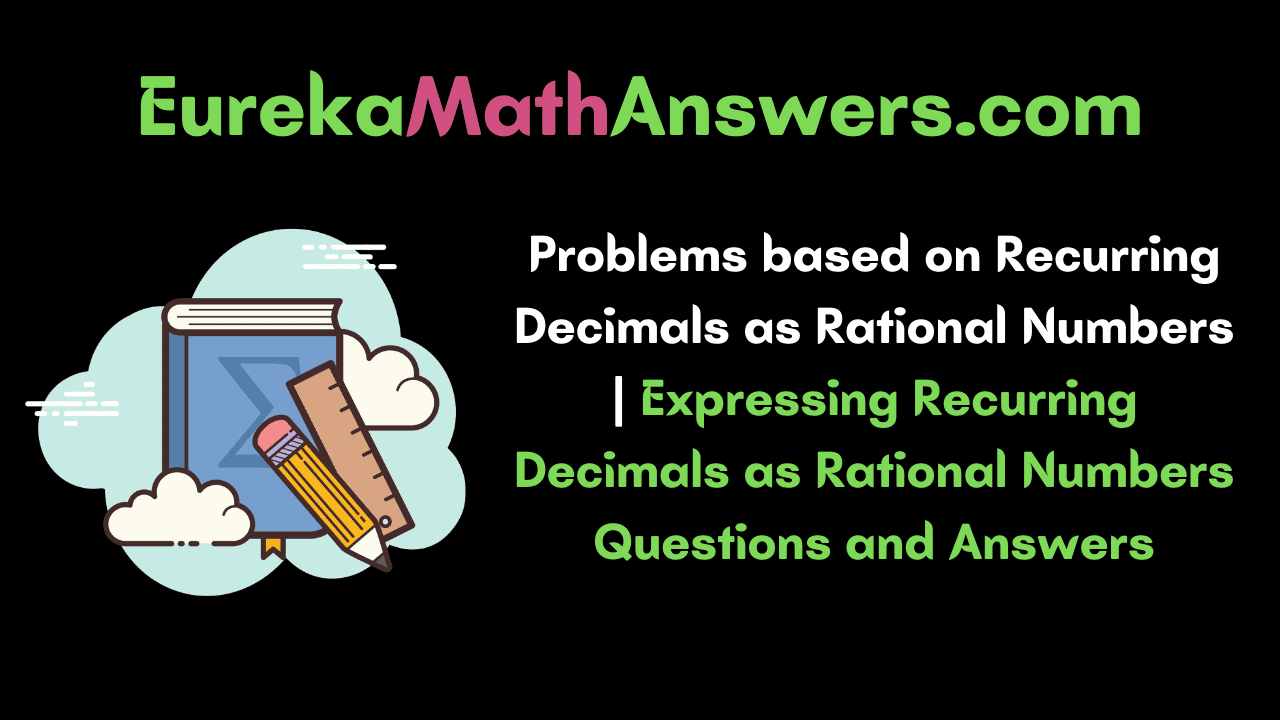

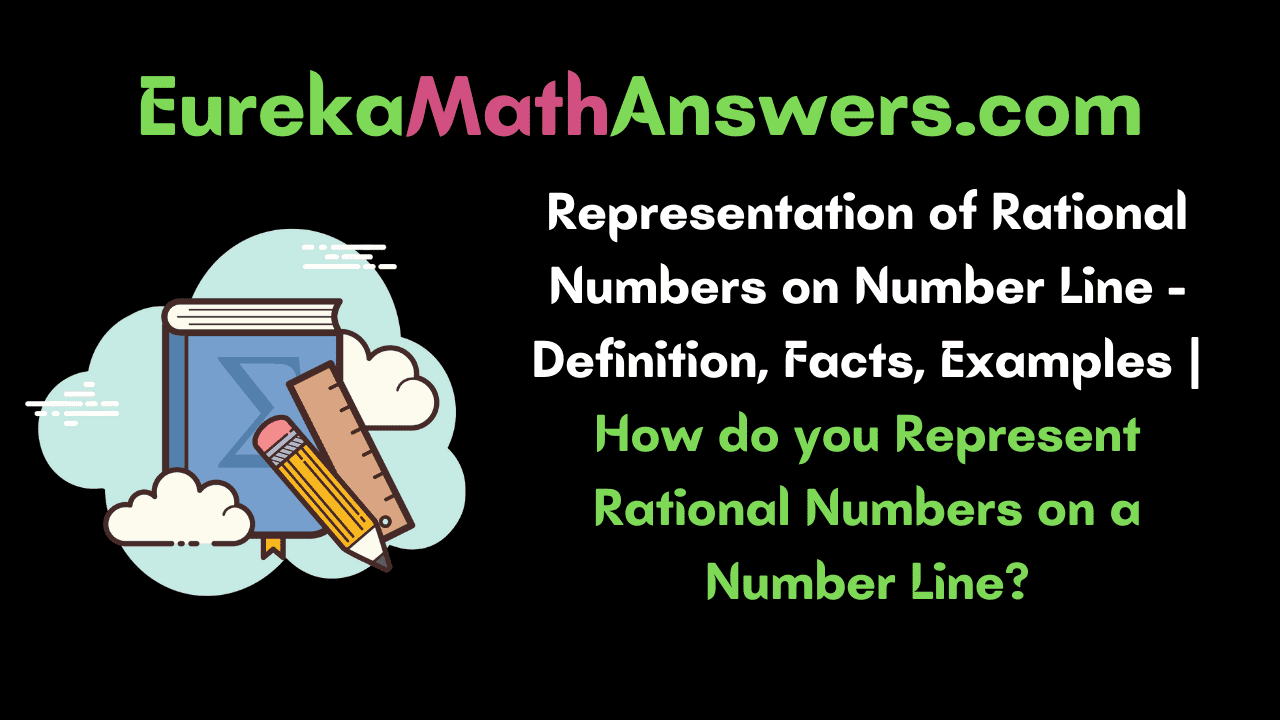

 Step 2: Now represent 0.33 on the number line. We know 0.33 lies between 0.30 and 0.40
Step 2: Now represent 0.33 on the number line. We know 0.33 lies between 0.30 and 0.40



